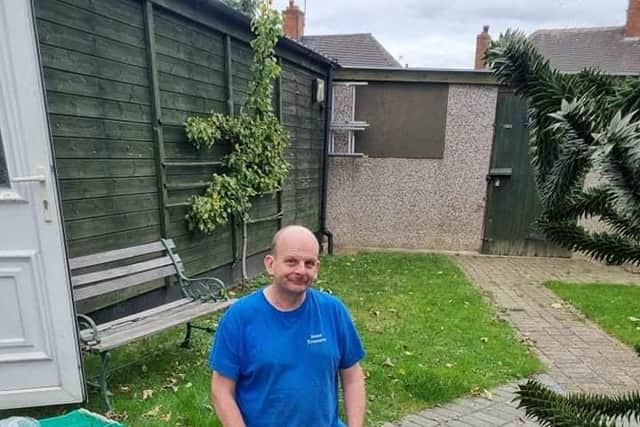Sherwood Forest fossil business hand over Scottish 'rare reptile' find to museum
and live on Freeview channel 276
Mark Hawkes, of Stone Treasures at Sherwood Forest Arts and Craft Centre, Edwinstowe, handed the fossil to The National Museums of Scotland.
Mark, who found the specimen in 1999, said: “In February 1999 while walking along the beach of Bearraig Bay at low tide, I noticed what appeared to be bone fragments in two large blocks washed out of faulted boulders.
Advertisement
Hide AdAdvertisement
Hide Ad“There was also a few pieces of similar smaller rock close by. They looked as if they had all fallen out from the shale – a previous storm had lifted shale including large blocks forward onto the beach.


“The larger blocks were at least 20 tons. Due to the size of the boulders these were left on the beach.”
Mark said he returned in the March of 1999 to collect the two larger boulders which weighed about eight stones each.
He said he also collected a few smaller pieces and carried them off the beach.
Advertisement
Hide AdAdvertisement
Hide AdThe National Museums of Scotland have since collected the specimen – which may indicate a new species of Ichthyosaur.
Mark said he was “honoured" to pass over the specimen to the National Museums of Scotland to be researched and put on display.
Advertisement
Hide AdAdvertisement
Hide AdHe said: “The specimen was found on the land owned by Clan Donald but they have agreed to let the National Museums of Scotland have the specimen and a copy will be produced for the Isle of Skye Museum.
“It was also agreed by ourselves and the museum that the specimen returns to Scotland as it is unique and research will now follow to ascertain if it is a new species. We are proud to contribute to research and science.”